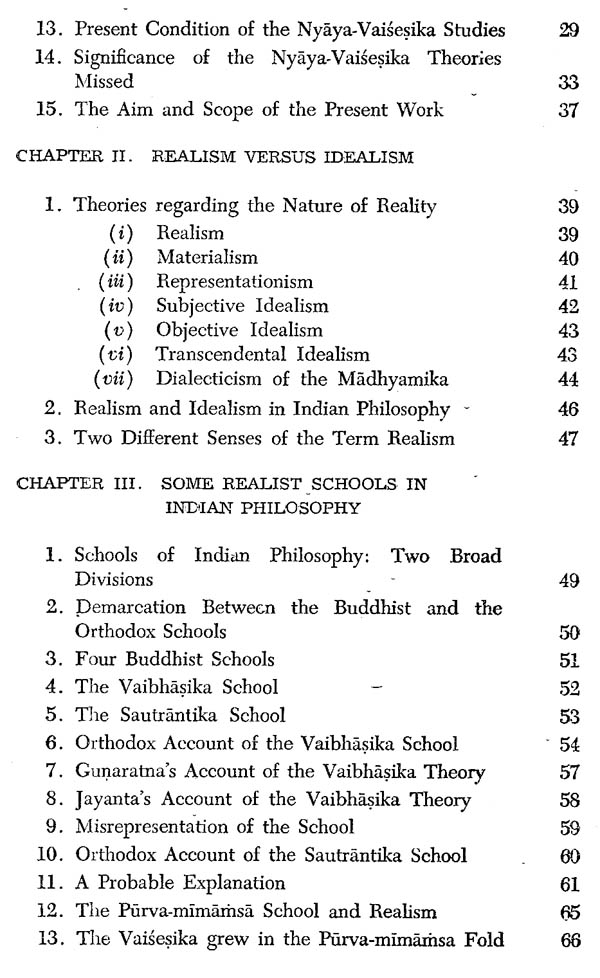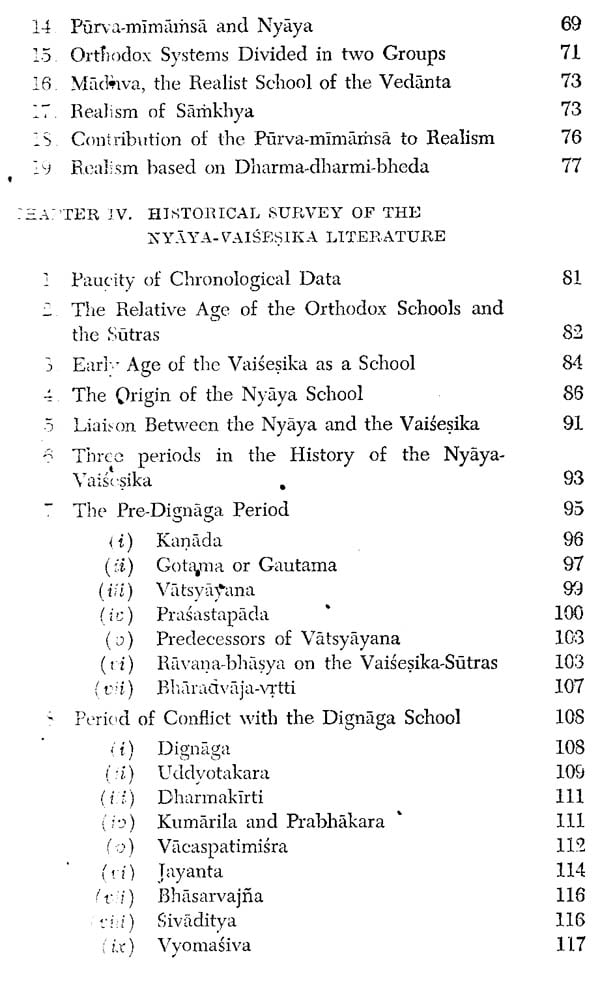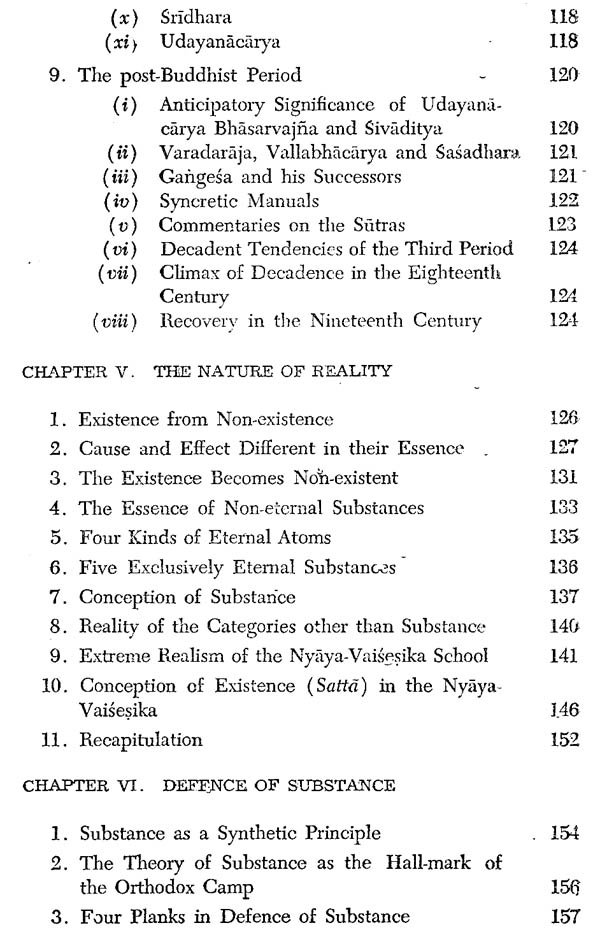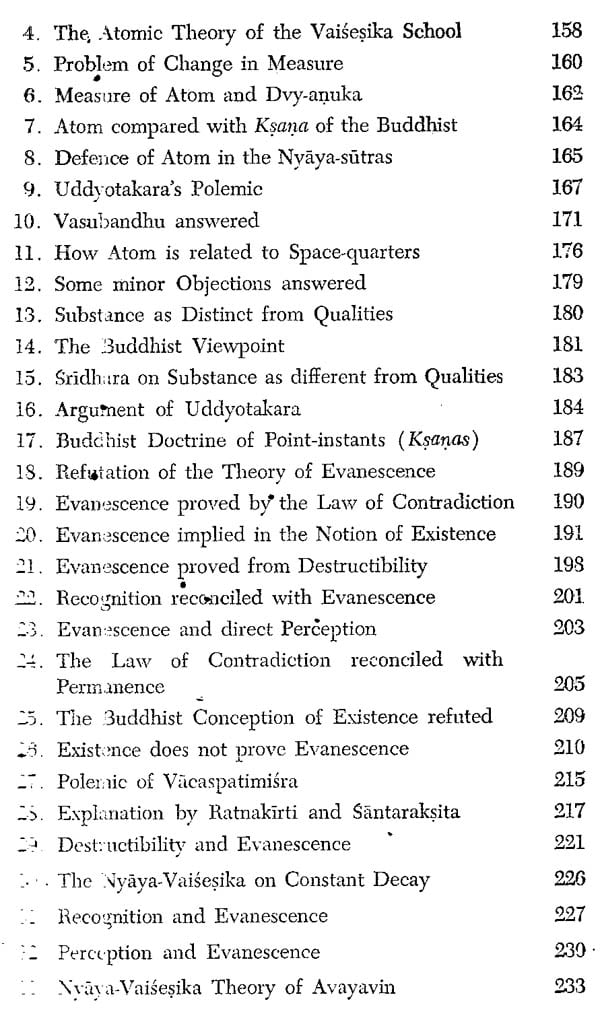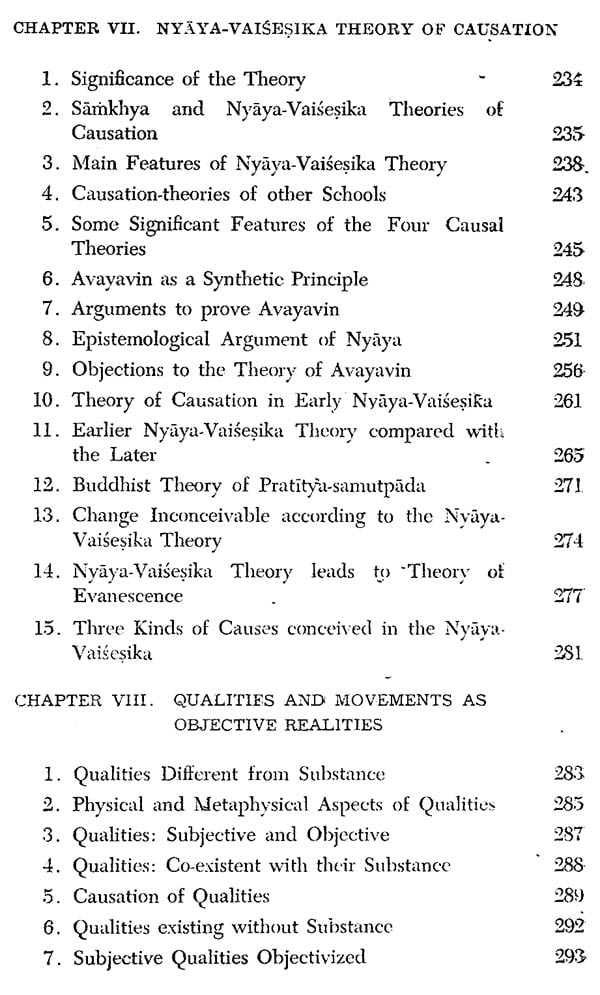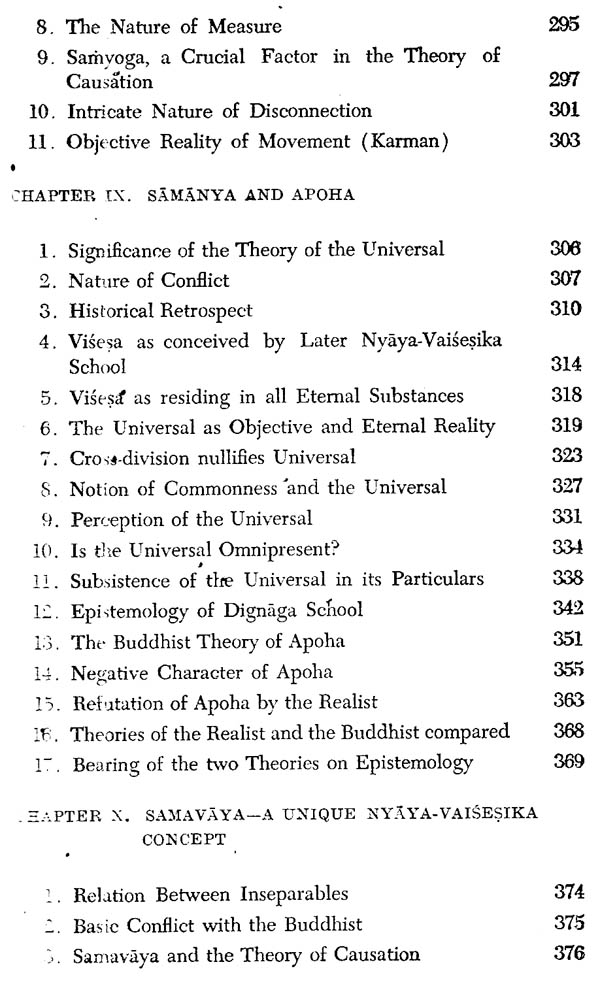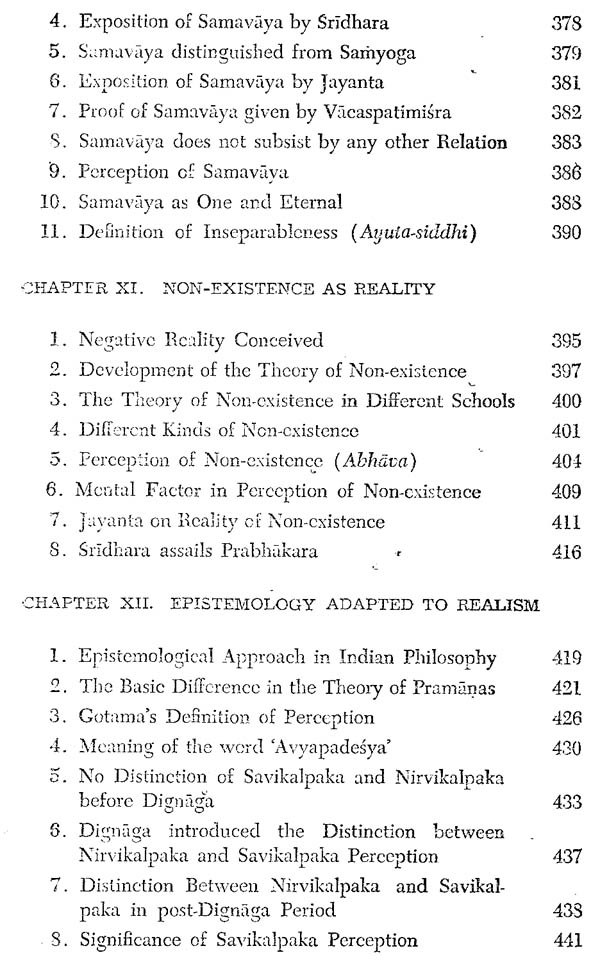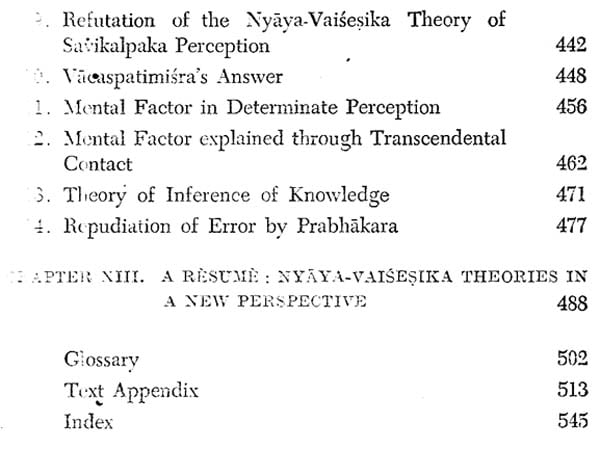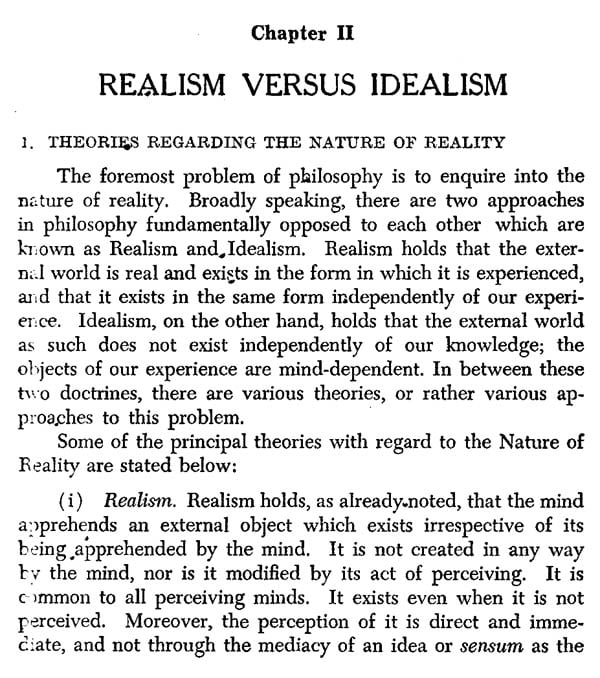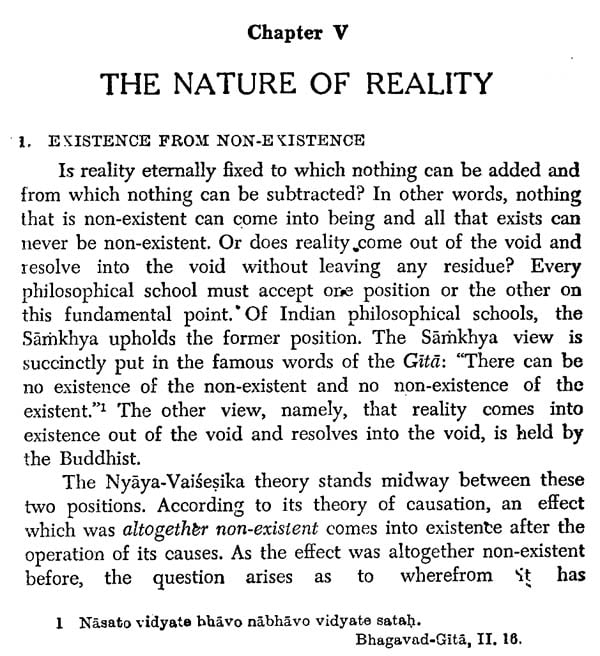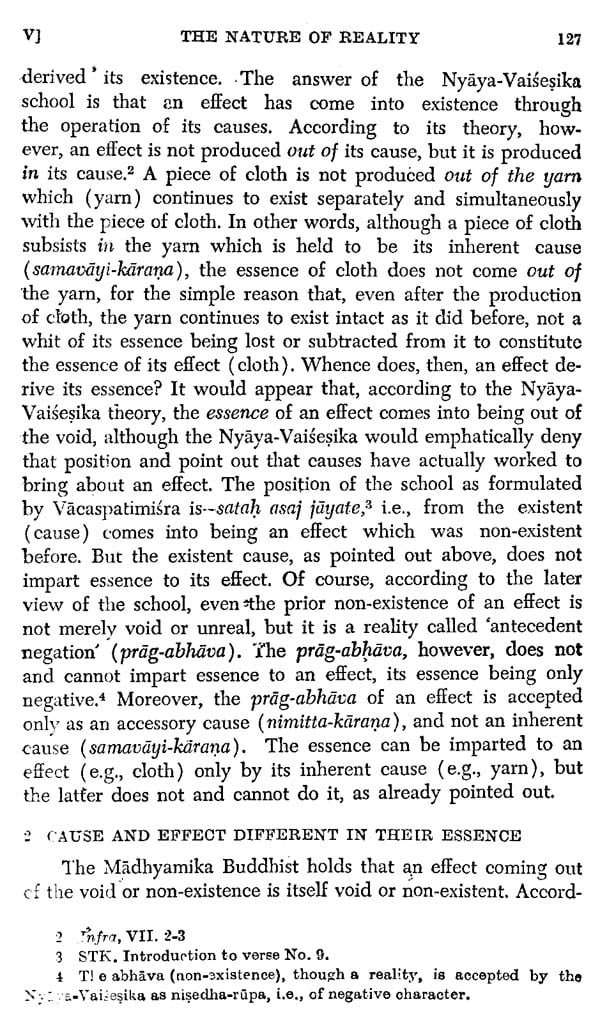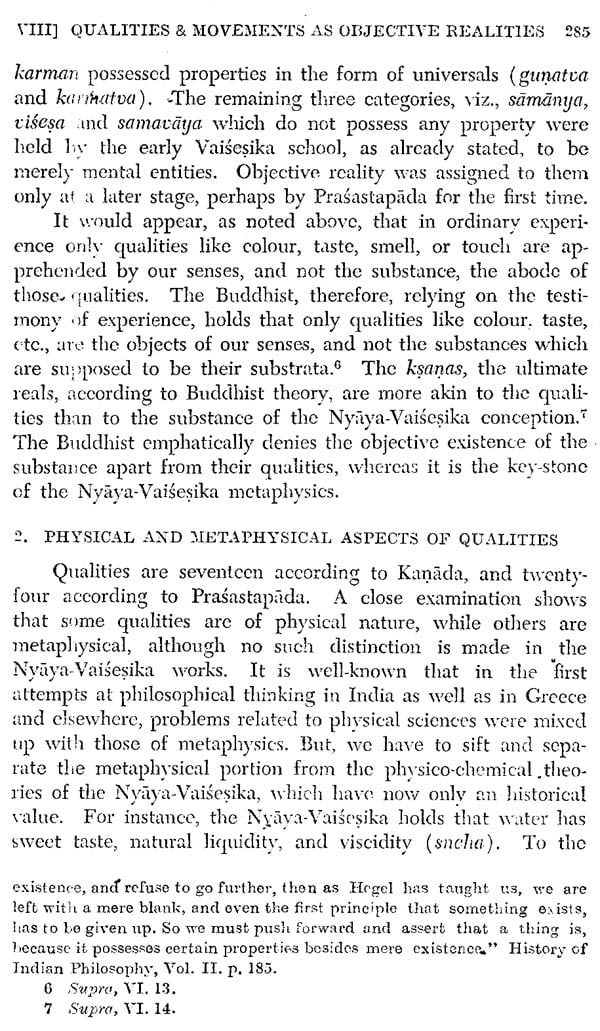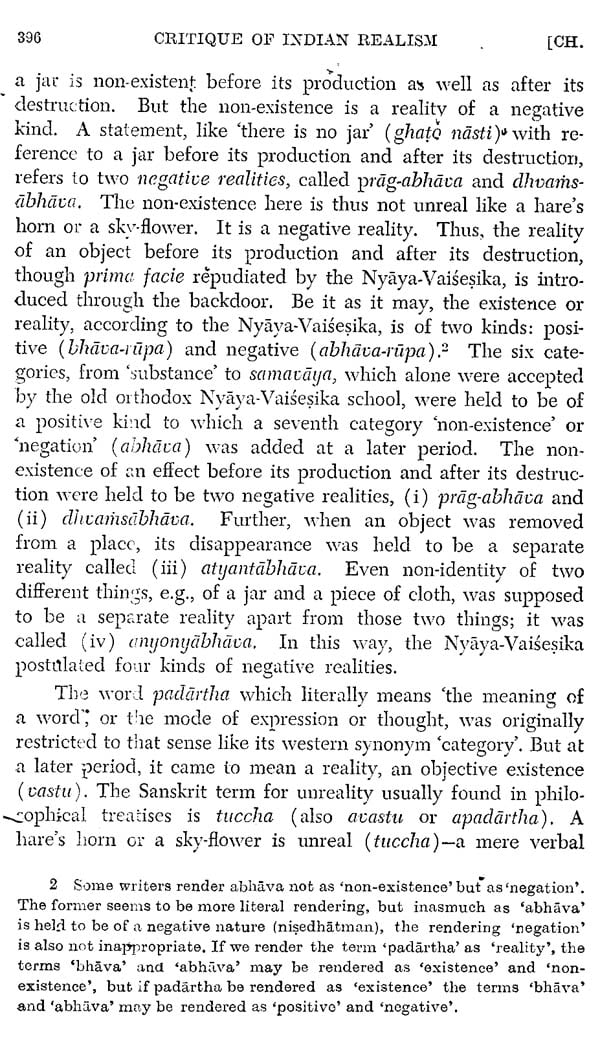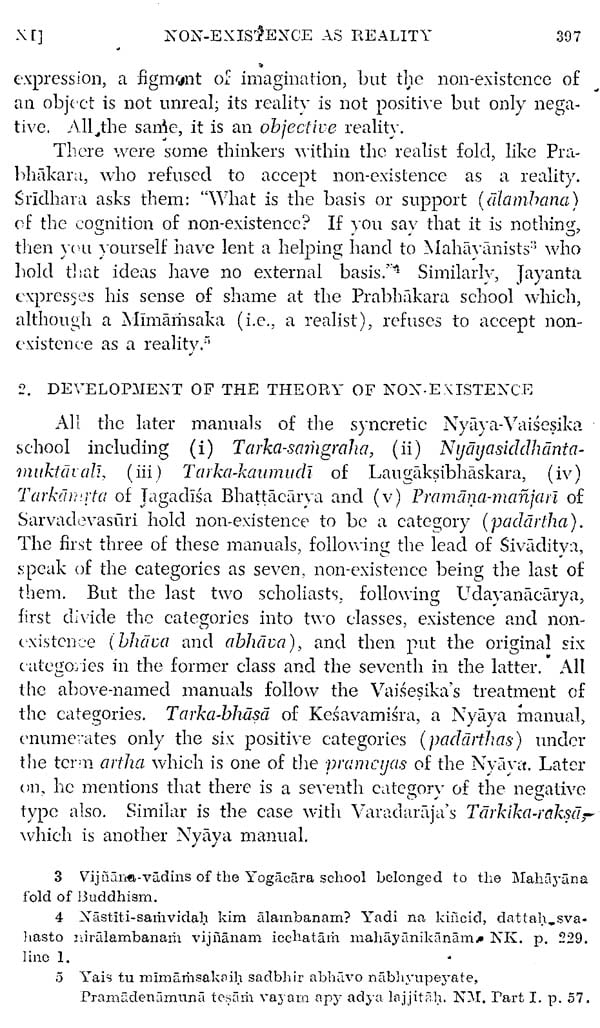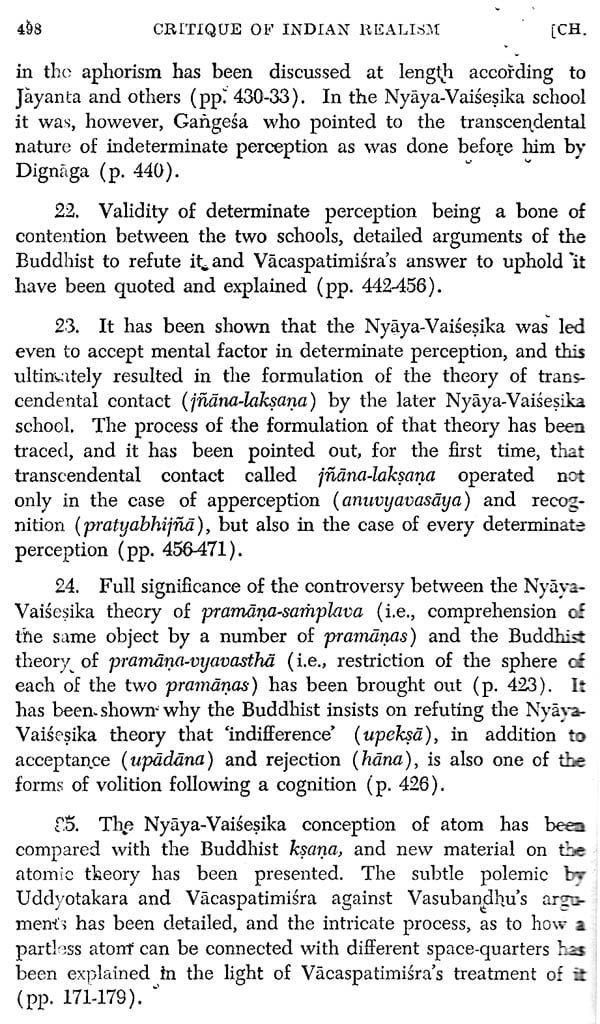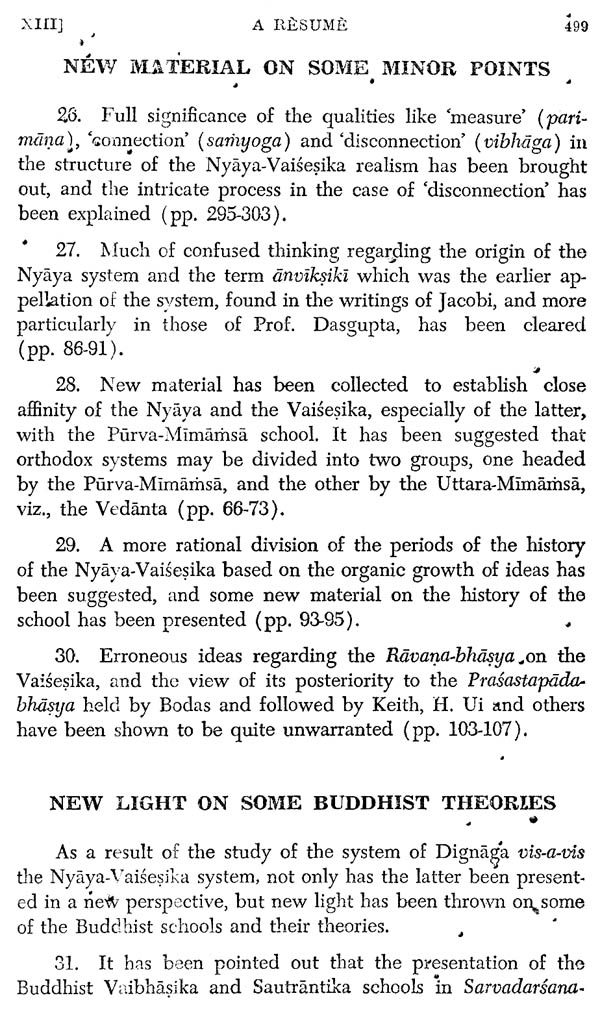
Critique of Indian Realism : A Study of the Conflict Between The Nyaya-Vaisesika and The Buddhist Dignaga School (An Old and Rare Book)
Book Specification
| Item Code: | NAU500 |
| Author: | Dharmendra Nath Shastri |
| Publisher: | Agra University, Agra |
| Language: | English |
| Pages: | 562 |
| Cover: | HARDCOVER |
| Other Details | 9.00 X 6.00 inch |
| Weight | 1.11 kg |
Book Description
In his Critique of Indian Realism, Dr. Dharmendra Nath Shastri makes a refreshingly new approach to the age-old problems of Indian Philosophy. The book is best described as a full and persuasive account of the inside story of the Nyaya-Vaisesika Realism. Instead of giving an exposition exclusively from its own sources, Dr. Shastri presents, this important system of Indian thought from a new perspective, from its long encounter with the Buddhist School of Dignaga and Dharmakirti. Although the beginnings of the Vaisesika or the Nyaya are pre-Buddhistic and they belong to a different metaphysical background, it was in the course of the philosophical duel sustained for over six Centuries with the Dignaga School of Buddhism that the Nydya- Vaisesika attained its characteristic stamp as a consistent Realisin closest to common sense. In this process, it also gained in clarity and depth. Many of its basic conceptions, such as Substance, Attribute, Universal (Sdmdnya), Inherence (Samavaya), Causa tion and Perception underwent considerable modification and reformulation as a result of its conflict with Buddhism, and no less from the internal criticism of the schools of Mimamsa. One of the chief merits of the present work is that Dr. Shastri shows, with a wealth of detail and sound reasoning, the nature of the changes made and why the changes were made. He has also not hesitated to draw the implications of these changes, however odd they may appear to the accepted interpretation. The reader may be referred to the author’s treatment of Substance and Causation and of Perception and the doctrine of Apoha as examples of his incisive analysis. With his immense and accurate scholarship not only of the Nyaya-Vaisesika but also of Buddhism and Mimamsa, Dr. Shastri has thrown new light on the undex- standing of their epistemological problems.
"The Nyaya-Vaisesika theories developed as a result of the conflict with the Buddhist Dignaga school. They have been pre sented in this work against the background. of that conflict, and therefore not only do some of them acquire a new significance, but a number of implications of the basic Nyaya-Vaisesika theories have been revealed for the first time. Such implications were not unknown to the scholiasts of the Nyaya-Vaisesika school, but they were lost in the later tradition." This claim of the writer is, in my opinion, well-grounded. I have pleasure in commending Dr. Shastri’s scholarly work as a significant contribution towards our understanding of an important phase of Indian thought.
The present work was planned in 1944-45 when I stayed for over a year at Banaras, the traditional seat of Sanskrit learning.
It had often struck me as a young student of Indian philo sophy that the Nyaya-Vaisesika school had undergone some significant changes in the course of its, development. There was, besides, the old tradition of a protracted conflict between the Nyaya-Vaisesika and the Buddhist Dignaga school based on Uddyotakara’s remark that he wrote his great work, Nyaya- vartika, "in order to dispel the darkness caused by pseudo. philosophers (ie, Dignaga and others)". I decided to work on the ambitious plan attempting at a picture of that conflict between the two most important schools, the Nyaya-Vaisesika which stands at the base of the fabric of Indian philosophy and the Dignaga school which marks the culmination of the deve lopment of Buddhist philosophy. This conflict lasting for six long centuries (from the 5th to the llth) is essentially one between Realism and Idealism which is the basic problem of all philosophy. It would be evident that the Nyaya-Vaisesika school developed and formulated most of its theories with a view to defending realism.
This study presenting the Nyaya-Vaisesika system, for the first time, in the light of its conflict with the Dignaga school, not only brings that system into a new perspective but also gives an account of the contribution of the Indian thinkers to episte mology and of their approach to the problems of Realism versus Idealism.
This work which now appears under the title, Critique of Indian Realism, embodies my thesis submitted for the D.Litt. degree of the Agra University in 1956 under the title "A * Study of the Conflict between the Nyaya-Vaisesika Realism and the Buddhist Dignaga School", which is now the subsidiary title of the present work. The remarks of two eminent scholars of Indian philosophy to the effect that this "work is comparable, in a fairly large measure to Stcherbatsky’s Buddhist Logic" and that "it is an extensive work, quite unique of its type which can be compared to the Buddhist Logic of Professor Stcherbatsky", were in fact a real reward for my labour over twelve long years. I am, of course, fully conscious that my humble work can hardly bear any comparison to the monumental work of that scholar.
When I set upon my task at Banaras, my first step was to discuss my plan of work with some of the scholars there. Among them was Dr. S. Radhakrishnan, the Doyen of Indian philosophy, who was then Vice-Chancellor of the Banaras Hindu University. Not only did he give his blessings for the proposed work, but he also gave valuable suggestions which proved immensely helpful in my study. It is a matter of great joy to see that today when this work is going to see the light of the day, Dr. Radhakrishnan happens to be the President of our country which has its Upanisadic tradition ot philosopher-kings like Janaka. The other scholar whom I consulted was Dr. Gopi Nath Kaviraj, a savant of encyclopedic learning who con- tinued to guide me throughout my stay at Banaras. My friend Dr. T. BR. V. Murti of Banaras Hindu University was always available for discussion on a number of crucial points; it is difficult to say how much I owe him.
For a study of the conflict between the two schools, I took up first the basic Nyaya-Vaisesika texts such as Uddyotakara’s Nyaya-vartika, Vacaspatimisra’s Nyayavartika-tatparyatika, Jayan tas Nyaya-manari and Sridhara’s Nydya-kandali and others. I wanted to study these texts with the help of pandits of ortho- dox traditional learning. The portions of these texts with which I was cliiefly concerned were those which were related to Bud- dhist theories—their exposition and their refutation. The ortho- dox pandits having no background of the Buddhist theories. could not make headway in the interpretation of these texts; and * what was worse still, they honestly believed that they under- stood those passages and tried to explain them. I felt miserably disappointed. Sometime afterwards, I read in the preface to one of the Buddhist works edited by the late Sri Rahul Sankritya- yan that when he went to Banaras to study the basic Nyaya- Vaigesika works, he also found that none of the pandits was con- yersant with those works which had been outside the scope of traditional study. Had I read this before, I should have been spared so much waste of time and effort and strain on my nerves.
It then occurred to me that I should start the other way yound and should study the theories of the Dignaga school first. I tried a number of expositions of Buddhist philosophy and especially those of Dignaga school, but I did not succeed in assimilating the theories of that system. At this juncture, I came across Stcherbatsky’s Buddhist Logic. Although that book has now been republished, it was not easily available in 1944, and it was with great cifficulty that I could procure a copy of the first volume from one library, and that of the second volume from another.
The discovery of Stcherbatsky proved a red-letter day in my study of Indiaiphilosophy. Although I had studied Indian philosophy on orthodox lines from my boyhood, for almost thirty ‘years then, I realized only after the study of Buddhist Logic and other works of Stcherbatsky that orthodox Indian philosophy could not be properly understood without the back-ground of Buddhist philosophy. Especially, the study of the Nyaya-Vai- gesika was meaningless without the understanding of the Dignaga school. I have unreservedly acknowledged my indebt- edness to Stcherbatsky (p. 28). Not only did his works help me in grasping the theories of the Dignaga school, but they also paved the way for interpreting the difficult passages of the texts cf the Nyaya-Vaisesika works. In the second volume of Buddhist Logic, Stcherbatsky has appended an annotated English transla- tion of some of the difficult portions of the texts of Sanskrit philosophical works relating to the controversy between the orthodox schools and the Buddhists, including some of the portions of the N yayavartika-tatparyatika of Vacaspatimisra for the understanding of which I had formerly made desparate efforts with the help of the pandits, Now, with the help of Stcherbatsky’s translation, I succeeded in grasping those parts of Sanskrit texts, and I decided to embark upon their study once again. Despite my previous disappointment with the orthodox pandits, I feit that they could be of great help in making head- way in the interpretation of these difficult texts; they were con- versant with their peculiar idiom. Luckily, I met one scholar, Pandit Padma Prasad Bhatarai, the head Pandit of the Nyaya at Goenka Sanskrit Mahavidyalaya, Banaras (now Principal, Government Sanskrit College Kathmandu, Nepal), who plainly confessed to me that the Nyaya-Vaisesika works in question were outside thie scope of orthodox studies, but that he would be willing to try them studiously. This filled me with great hope. We made a plan of studying a particular portion of one of the Nyaya-Vaisesika works separately, and then to meet and exchange notes. This went on for a numbewof months; I grate- fully acknowledge my indebtedness to Pandit Bhatarai. I also studied some texts in collaboration with Pandit Raghu Nath ji, now Professor in Sanskrit University, Varanasi and Pandit Vibhuti Bhushan Bhattacharya of the samecYniversity. Later, I came to know that the same method of studying in collabora tion with orthodox Pandits was followed more or less by Stcherbatsky also.
THE ADVENT OF DIGNAGA
Sometime during the fifth century a.p., there appeared in the firmament of Indian philosophy a brilliant star in the person of Dignaga, the founder of Buddhist logic and epistemology. Regarded by the Tibetans as an ornament of Jambidvipa 2 he was one of the greatest thinkers that India has ever produced. Subsequent philosophical thought in India was dominated by him directly or indirectly for six long centuries. He revolutionized Indian philosophy by introducing into it the theory of readical. distinction between two mutually exclusive sources of Knowledge – 'direct sense-apprehension’ (grahana) and ‘intellect’ or thought(vikalpa or adhyavasaya)?, which may be compared to sensibility and understanding of Kant. The new approach introduced by Kant in western philosophy was compared by Kant himself to the Copernican revolution in Astronomy. Before Copernicus, it was assumed that the heavenly bodies were in movement, and that the earth (from which a spectator observed these heavenly bodies) was stationary. Copernicus reversed the notion and declared that the earth itself was moving. Before Kant, it was assumed that our knowledge must conform to objects of experience, but Kant reversed the order and declared that it was the object that conformed to knowledge.
Kant holds that the formless sense-data are received a posteriori through the senses to which forms are given a priori by the intellect. These forms are of two kinds. In the first instance, the data supplied by the sense are presented in the form of Space and Time. Space and Time are not, according to Kant, objective realities, but are only the subjective ways in which we cognize realities. Realities in themselves are non- spatial and non-temporal. The other kind of subjective forms are the categories of understanding, which are classified under four heads—quantity, quality, relation and modality. We are here concerned, however, only with the broad fact that, according to Kant, the objects of our experience receive their form from the intellect, ie., they conform to our thought. There does exist an external reality, but it is transcendent. The world of our experience does not exist externally in the form in which it appears to us. It is the result of the working of our thought on the material supplied from the external source, the transcendent external reality. Kant thus stands midway between the naive realist who holds that the external world exists exactly in the form in which it appears to us, and the idealist who holds that it is nothing but an external projection of our ideas.
**Contents and Sample Pages**

